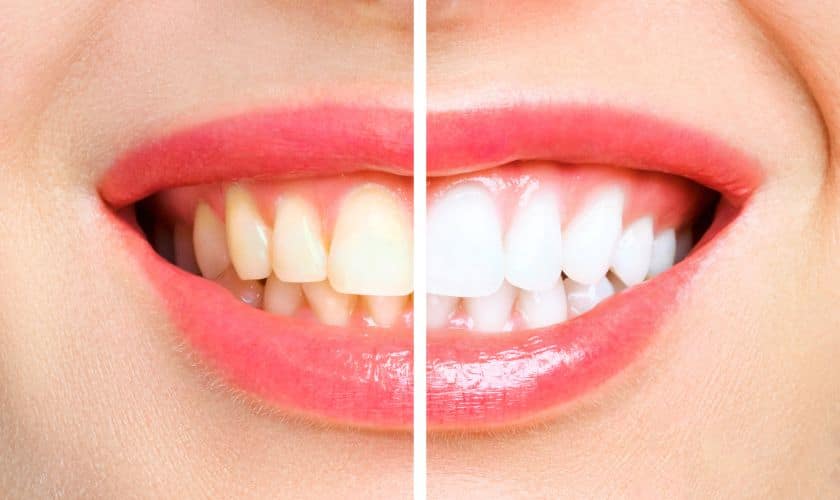SCHEDULE A CONSULTAtion
10 Interesting Facts About Teeth Whitening

In today’s world, where appearances matter more than ever, a bright, white smile is often considered a key component of a confident and attractive appearance. With the popularity of teeth whitening on the rise, it’s essential to understand the process, its benefits, and its potential risks. Whether you’re considering teeth whitening or just curious about the procedure, here are ten interesting facts you should know:
1. Ancient Beginnings
Teeth whitening is not a modern invention. Ancient civilizations like the Egyptians and Romans were known to use various methods to whiten their teeth. Ingredients like pumice, vinegar, and even urine were commonly used in early teeth whitening practices.
2. Hydrogen Peroxide
The active ingredient in most teeth whitening products is hydrogen peroxide. It’s a bleaching agent that penetrates the enamel and breaks down stains into smaller molecules, resulting in a whiter appearance. However, it’s essential to use hydrogen peroxide in safe concentrations to avoid damaging the enamel or gums.
3. Professional vs. Over-the-Counter
While over-the-counter teeth whitening products are readily available, professional whitening treatments performed by dentists are often more effective. Dentists use higher concentrations of bleaching agents and may incorporate heat, light, or lasers to enhance the whitening process.
4. Not for Everyone
Teeth whitening may not be suitable for everyone. Individuals with gum disease, tooth decay, or extremely sensitive teeth may experience adverse effects from whitening treatments. It’s crucial to consult with a dentist before starting any whitening regimen.
5. Temporary Results
Teeth whitening is not permanent. The results typically last anywhere from six months to two years, depending on factors like diet, oral hygiene, and lifestyle habits. Touch-up treatments may be necessary to maintain a bright smile over time.
6. Potential Side Effects
While teeth whitening is generally safe when done correctly, some people may experience temporary side effects such as tooth sensitivity or gum irritation. These side effects usually subside after treatment, but it’s essential to follow the dentist’s instructions and use whitening products as directed.
7. Whitening Toothpaste
Whitening toothpaste is a popular choice for maintaining a bright smile. These toothpaste products contain abrasive ingredients and low concentrations of bleaching agents to remove surface stains. However, they may not be as effective as professional whitening treatments for deeper stains.
8. Customized Treatment
Professional teeth whitening treatments can be customized to meet individual needs. Dentists can adjust the concentration of bleaching agents and tailor the treatment plan based on factors like tooth sensitivity and desired results, ensuring a safe and effective whitening experience.
9. Combination Therapies
In some cases, dentists may recommend combination therapies for optimal results. This could include in-office whitening treatments followed by at-home whitening trays or using whitening products in conjunction with cosmetic dental procedures like veneers or bonding.
10. Overall Oral Health
While a white smile is desirable, it’s essential to prioritize overall oral health. Teeth whitening should complement a good oral hygiene routine, including regular brushing, flossing, and dental check-ups. Maintaining a healthy smile goes beyond appearance and contributes to long-term dental wellness.
In conclusion, teeth whitening can be an effective way to enhance your smile and boost your confidence. By understanding the facts about teeth whitening, you can make informed decisions about the best whitening options for your dental needs. Remember to consult with a dentist to ensure safe and effective treatment, and prioritize overall oral health for a radiant smile that lasts.




